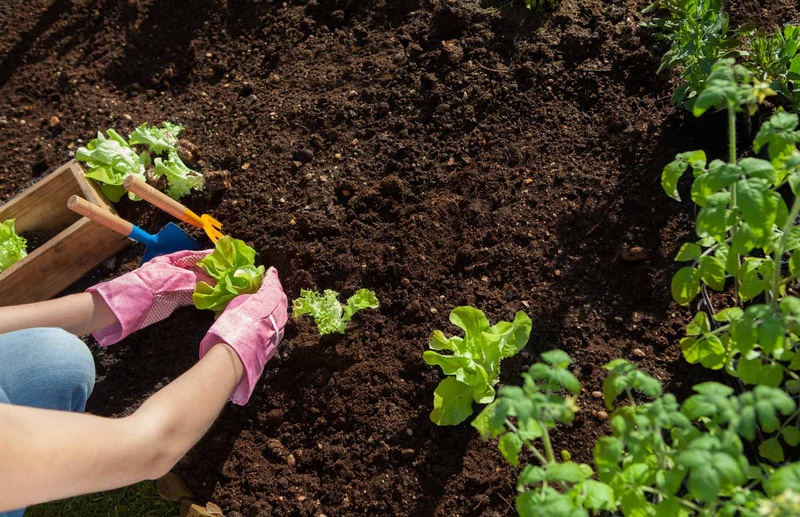
Do You Know Your Soil?
Knowing a property’s soil type and its pH level enables landscape companies and gardeners alike to install plants that thrive in those soil conditions. Soils can be amended to improve their nutrient value and their ability to hold water, as well as to adjust their pH levels.
Did you know that of the 12 soil types found in the United States, eight of them can be found in Florida? The variations in type determine which plants they support. Florida gardeners who know the soil types on their properties can plant shrubs and trees suited to those soils.
Florida Soil Types
These can be divided into five broad categories: loam, sandy, silt, peat, and clay.
Loam is considered the friendliest of the five in terms of ability to sustain a crop or just grow great shrubs in a bed. Loam comprises sand, silt, and clay, in equal parts. It is fertile and contains nutrients. The composition provides natural aeration, so it drains well.
Sandy soil typically doesn’t contain much organic matter and is not nutrient-rich. It is a porous soil, so water and any nutrients tend to drain through. Plants installed in sandy soil must be watered diligently and fertilized. Sandy soil is found in much of north and central Florida.
Silt will have sand or clay or both mixed in. It can resemble loam but if the clay content is high, it will not drain well.
Peat soil is usually found in boggy, marshy areas. It is nutrient-rich but can easily hold too much water for plants. Peat-based soil is found throughout the Everglades in south Florida.
Clay is nutrient-rich but can become compacted and thus presents a difficult growing medium. It retains moisture well and takes longer to drain than other soil types. Florida panhandle soils frequently contain clay.
About pH Balance in Soil
Once gardeners have identified the soils in their landscape, it can be helpful to also identify their soil’s pH levels.
PH stands for potential Hydrogen. It is a measure of the amount of the hydrogen ion concentration in a substance. The Ph scale goes from 1 to 14, with 1-6 being acidic, 7 being neutral, and 8-14 being alkaline. Most plants do best in slightly acidic soils with a pH of 6.5.
The amount of hydrogen ion concentration in soil (that is, its pH level) determines if the nutrients in the soil can be absorbed by a plant. For example, if iron is present in soil but the soil is alkaline, the iron is not available in a form that the plant will absorb.
This means that when it comes to installing plants in a bed or a garden, it is important to know 1) what the soil type is, and 2) what the soil’s pH level is.
Can You Alter Soil?
Soils can become more plant-friendly with certain supplements or materials mixed in. It is an ongoing process, however, since those amendments will break down and decompose over time and must be replenished.
A soil’s pH level can also be adjusted. Mixing limestone into soil will raise a soil’s alkalinity; mixing in sulfur will lower the pH to make the soil more acidic. Limestone and sulfur can be mixed into the ground in powder form or cast over the surface of the ground as pellets. These amendments must be occasionally renewed as soils will revert to their native pH levels over time.